Search
Remove Ads
Advertisement
Summary 
Loading AI-generated summary based on World History Encyclopedia articles ...
Search Results
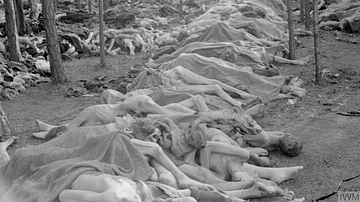
Article
Eyewitness Accounts of the Holocaust
The Holocaust was the murder of 6 million Jewish people by the SS, Gestapo, and other organisations of Nazi Germany and its allies in the years prior to and through the Second World War (1939-45). Innocent men, women, and children were shot...

Definition
Inari
Inari is the Shinto god of rice, the protector of food, and bringer of prosperity. He has over 40,000 shrines dedicated to him large and small across Japan, the oldest and most important of which is the Fushimi Inari Shrine near Kyoto with...

Article
Food & Agriculture in Ancient Japan
The diet of ancient Japan was heavily influenced by its geography as an archipelago, foodstuffs and eating habits imported from mainland Asia, religious beliefs, and an appreciation for the aesthetic appearance of dishes, not just the taste...
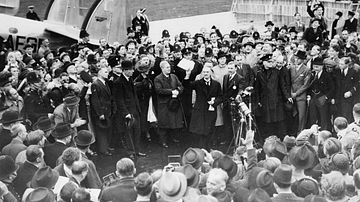
Definition
Munich Agreement
The Munich Agreement, signed on 30 September 1938 at the Munich Conference attended by the leaders of Britain, France, Italy, and Germany, handed over the Sudetenland of Czechoslovakia to Germany in the hope that this act of appeasement would...
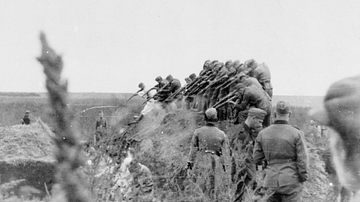
Definition
Einsatzgruppen - The Nazi Killing Squads of WWII
Einsatzgruppen ('deployment groups') were secret Nazi killing units, who systematically sought out and murdered civilians identified as enemies of the Third Reich. Operating without any legal restrictions in territories newly conquered by...
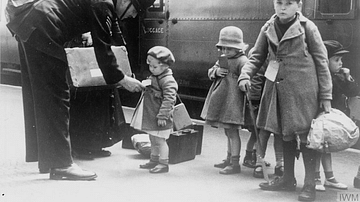
Article
The Evacuation of Children in Wartime Britain
The evacuation of children from British cities during the Second World War (1939-45) was the largest population movement the country has ever experienced. Some 6 million women and children voluntarily evacuated from large cities to live with...
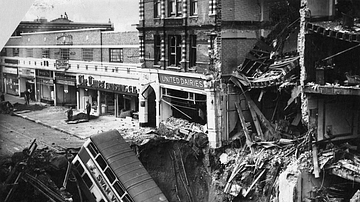
Article
Eyewitness Accounts of the London Blitz
The London Blitz (September 1940 to May 1941) was a sustained bombing campaign by the German Air Force during the Second World War (1939-45). Londoners were subjected to nightly bombings that killed thousands, destroyed homes, and necessitated...
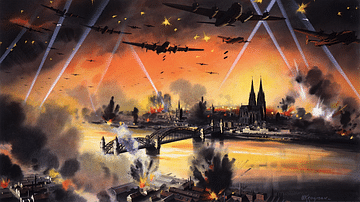
Article
The Thousand-bomber Raid on Cologne in 1942
Cologne (Köln) was the first German city to experience a "1,000-bomber raid" by the Royal Air Force during the Second World War (1939-45). The attack took place on the night of 30 May 1942 and was planned as a demonstration of the destruction...
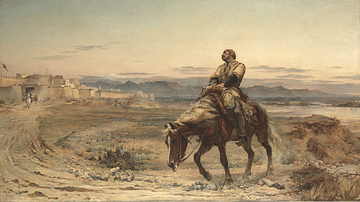
Article
Retreat from Kabul in 1842
The Retreat from Kabul in 1842 was one of the most notorious disasters in the history of the British Empire. An East India Company army had invaded Afghanistan but was obliged to withdraw. This army of 4,500 soldiers and 12,000 camp followers...
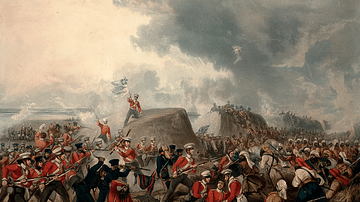
Article
Battle of Sobraon
The Battle of Sobraon on 10 February 1846 was the last of four major victories for the British East India Company (EIC) against the Sikh Empire during the First Anglo-Sikh War (1845-6). Lieutenant-General Sir Hugh Gough (1779-1869) commanded...